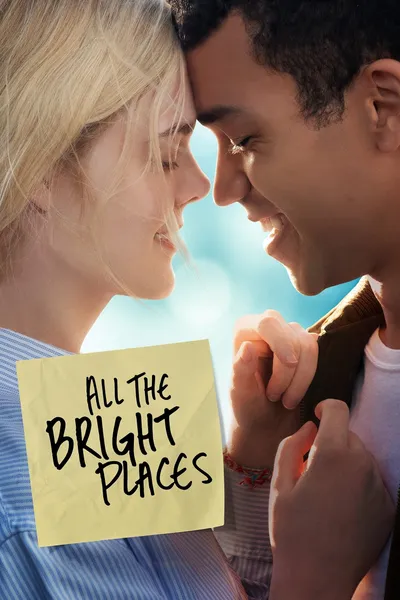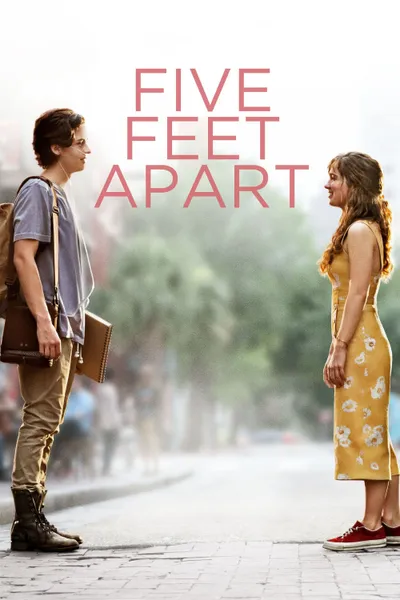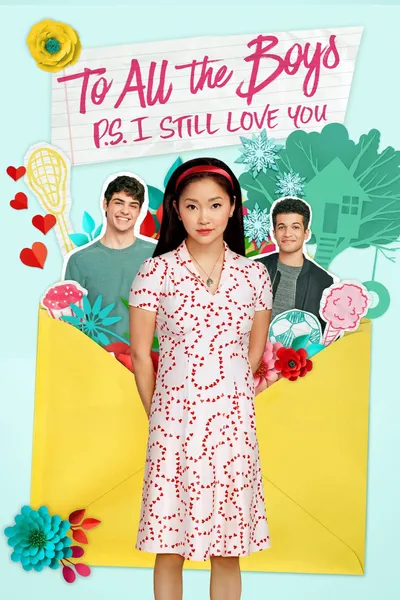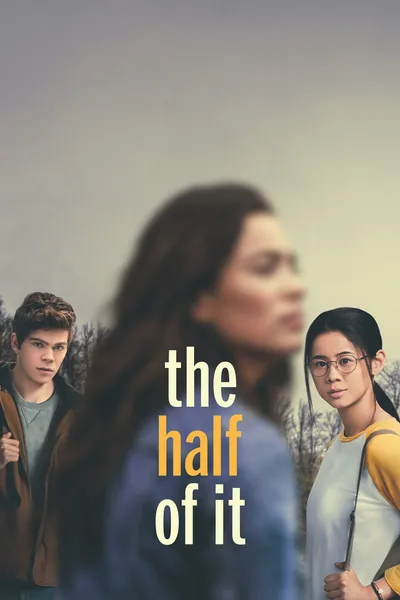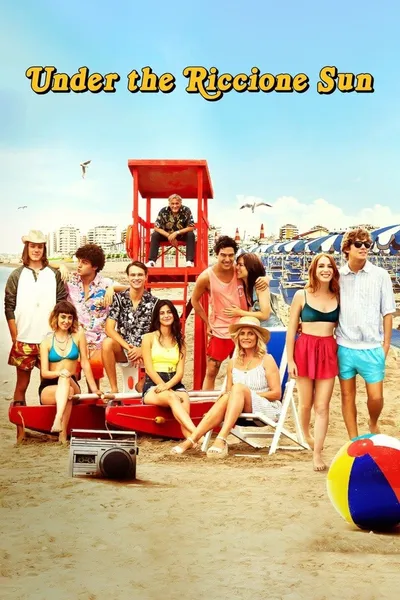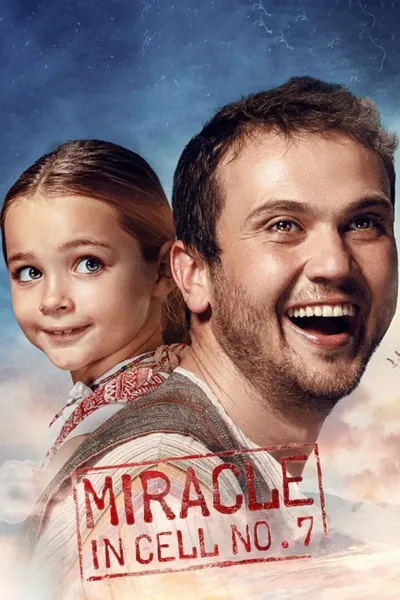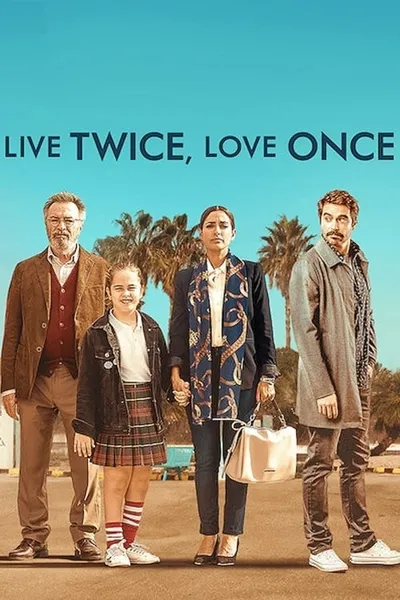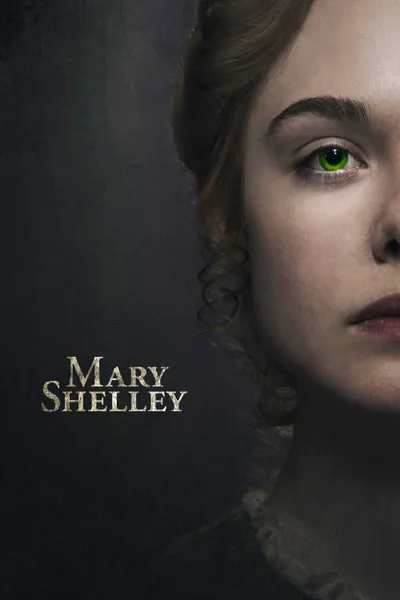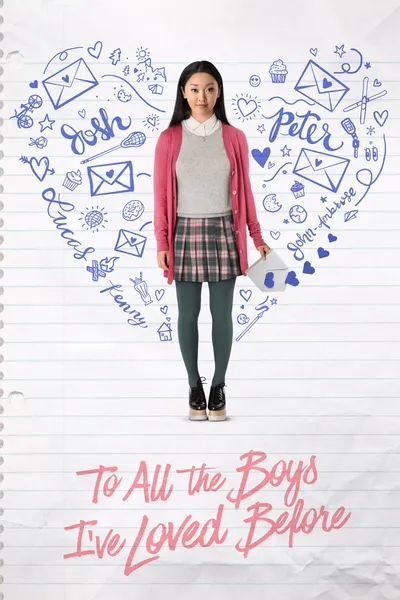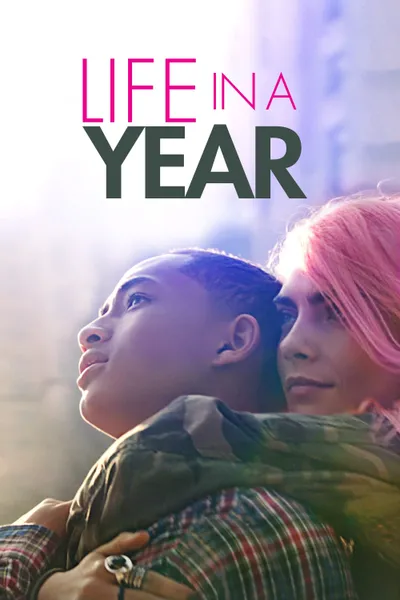Reviews

Ricardo Oliveira
December 16, 20207.0
All the Bright Places is a film that deals with heavy topics, topics that are difficult to approach, topics such as depression and the survivor's guilt (when someone survives a terrible accident, and decides to blame himself for having survived). The approach to the subject is made with extreme care, in no way embellishing the disturbances it seeks to demonstrate, making it clear how much they harm and corrode the people who have them, and who surrounds them.
The film tells the story of Violet Markey, a young woman who is tormented by the death of her sister, a young woman who finds little meaning in life and feels little. But when young Theodore Finch breaks into his life, Violet gradually begins to see the light in the middle of a sea of darkness, to take away meaning and joy from the little things that, most likely, he would have ignored before. But not everything is perfect, and Theodore himself finds himself in a dark phase of his life, will they be able to save each other from the bottomless abyss?
The film has an extremely strong emotional core based on the main characters, who have involved us in its history since its first scene. The chemistry between the actors is excellent, both of them really manage to make us believe in their troubled relationship, to believe that they really need each other to see the best in the world. It is really impressive when we find ourselves invested in a fictional relationship that seems real, and the poignant dialogue together with the interpretations gives the film a quality that many others of the genre lack.
With regard to heavy themes, the film explores the sadness of the characters with extreme care, a care that seeks to portray these diseases as they are, without any kind of embellishment or easy resolution. I would say that Violet's depression is the most exploited, and screenwriters try to make us understand the emotional turmoil that afflicts our main character, in an attempt to make us understand how someone can reach the point that Violet has reached. However, as far as Theodore is concerned (and although the screenwriters do a good job with his character), I can't help feeling that his problem could have been explored further, in order to make the resolution of the story even more impactful.
That said, the film will certainly hit anyone in the face of the essence of emotions, and the excellent interpretations seen on the screen are the biggest contributors to the film having its most painful effect. Elle Fanning shines on paper, assigning Violet a set of emotional layers that make her three-dimensional and completely real. Justice Smith gives Theodore a set of body and facial expressions that easily convey the pain he takes with him inside, interpreting the role with unexpected intensity. The performance is also a delight, giving the film a sad aura and a beautiful atmosphere, the effort behind the camera is notorious.
However, the script is not perfect, and despite dealing extremely well with the main characters' problems, it nevertheless drags the story through the middle of the film, without developing Theodore's full potential and ending its story a little abruptly. But still, what is presented to us is engaging and extremely beautiful.
Altogether, All the Bright Places is a beautiful story of sadness with a real touch of love, a story about two lost souls who try everything to find something that will allow them to continue. The film portrays everything with extreme care and is clearly a work that comes from the heart. For all romantics, for all those who need a good time to shed tears and for those who enjoy a good movie, this is a good choice.
Recommendation Movies
Isi & Ossi2020
Five Feet Apart2019
To All the Boys: P.S. I Still Love You2020
The Half of It2020
Stargirl2020
Let It Snow2019
Under the Riccione Sun2020
Miracle in Cell No. 72019
The Last Thing He Wanted2020
Live Twice, Love Once2019
Every Day2018
Mary Shelley2017
Can You Keep a Secret?2019
Spenser Confidential2020
Battle2018
To All the Boys I've Loved Before2018
After2019
Life in a Year2020
Career Opportunities1991
The Platform2019
© 2025 MoovieTime. All rights reserved.Made with Nuxt
